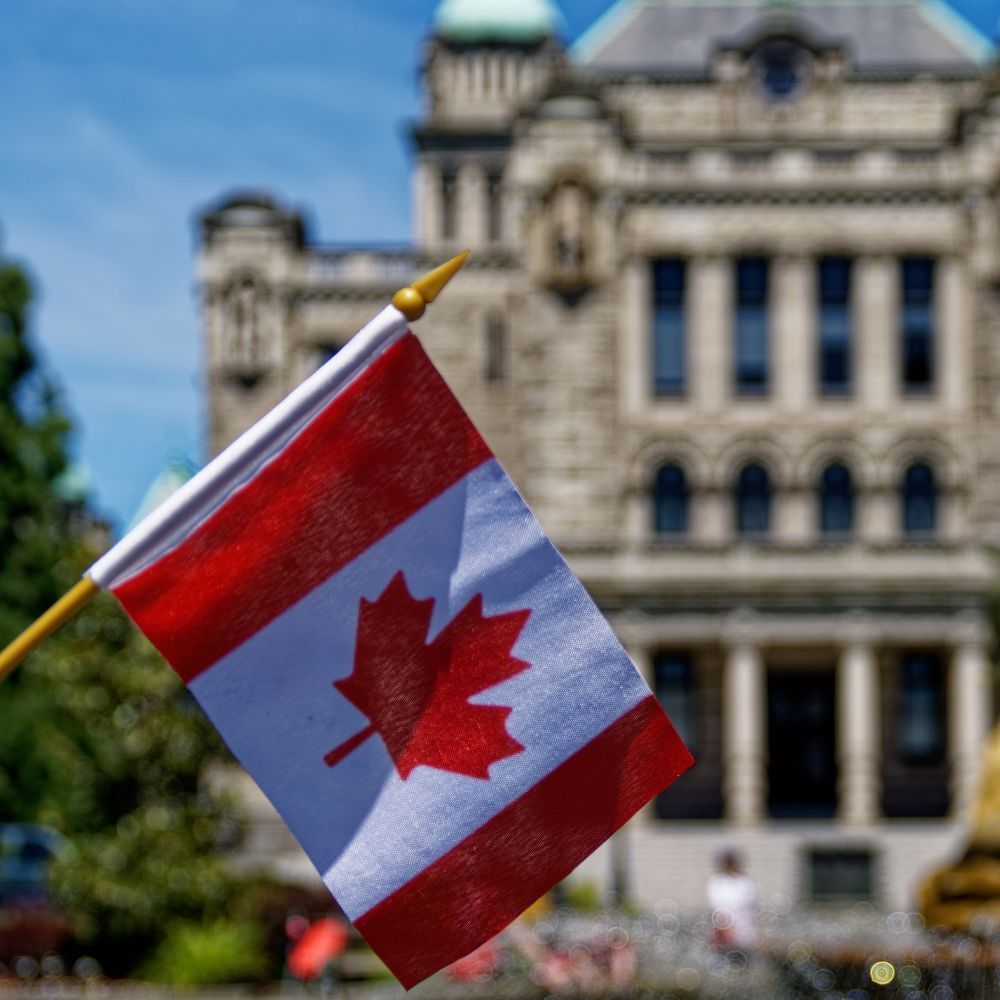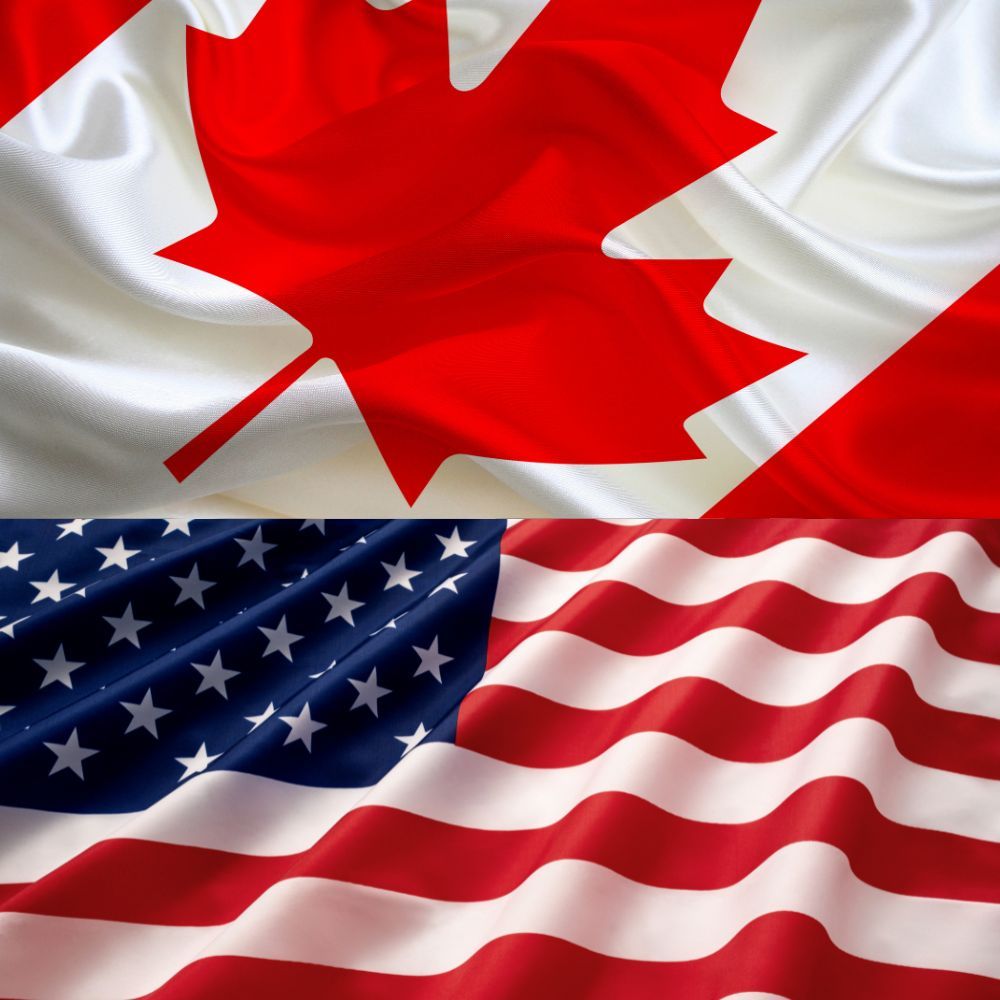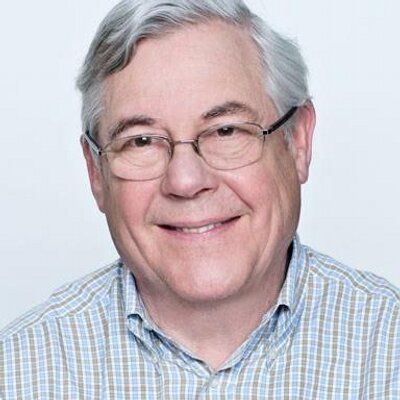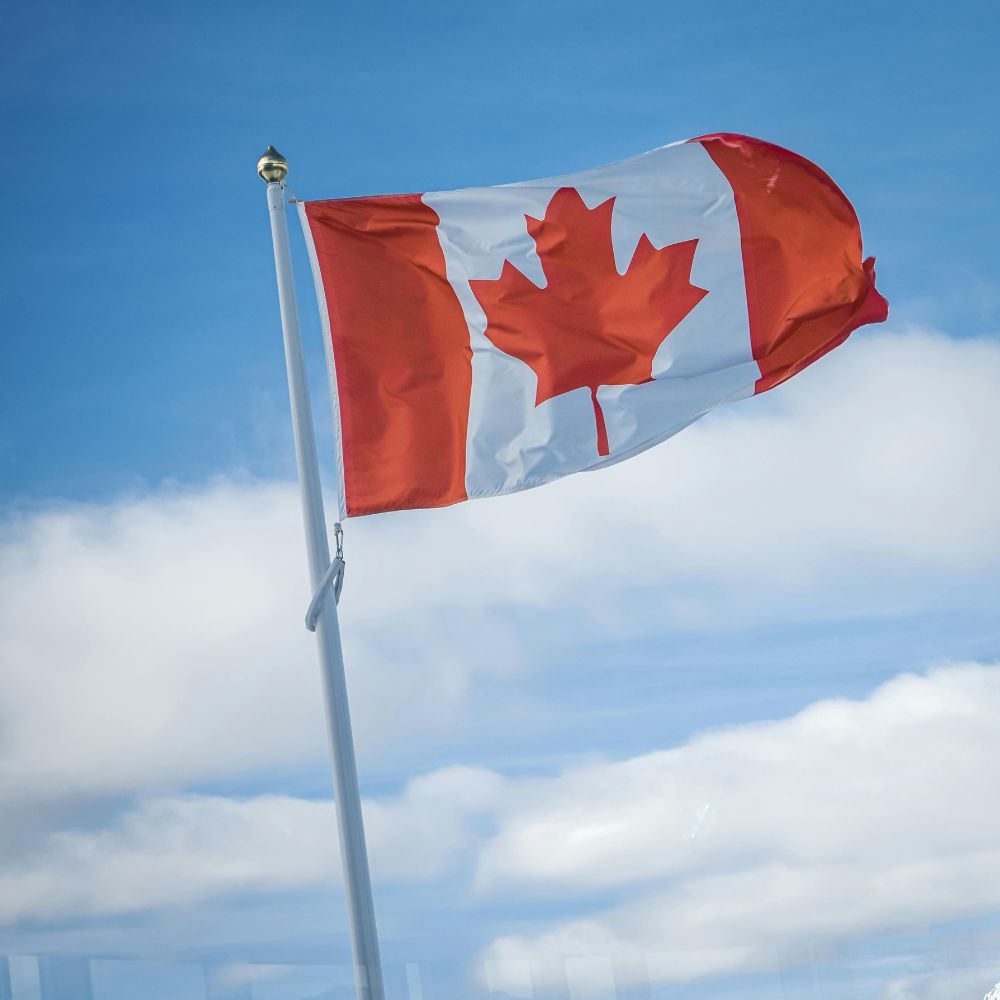Can Justin Rebuild his Popularity?
Politicians don’t go in elections to lose. It’s possible in three years that current low poll standings for Liberals against Conservatives and Justin’s personal popularity remain low. If Poliviere wins as CPC leader and finds a way to appeal to urban and suburban Canadians, then Justin Trudeau may not want to drag his party to defeat. This would lead to a leadership race and a new face for the party top take on Poliviere.

This scenario is by no means certain, but it will be talked about as will a PM tired of being blamed for every ill to beset Canada, a recession, and the endless threats and attacks coming at him from so many quarters in the era of social media. His all may just wear him down and lead to the understandable “time to spend more time with family” familiar explanation.
A big caveat is that this will not happen if Justin finds his way to rebuild the popularity he enjoyed in the 2015 election and the “sunny ways” that followed his victory. Part of this popularity related to the ease with which he related to Canadians.
It was an attractive image which we saw again recently when he attended events at the Calgary Stampede. Coverage offered photos that captured a politician who always seems to draw genuine joy from talking to ordinary Canadians. It felt like the Trudeau of the 2015 campaign when he was casual and straight. Accessibility was so important to his appeal and the contrast with the hard, unapproachable Stephen Harper played greatly to his advantage. His communication style, in that campaign and particularly in the debates, was relaxed and relatable.
Unfortunately, we have become inured to a more formal rehearsed style since the last election. Perhaps a decision was made that serious pandemic and serious economic times demanded serious delivery. Even the “I feel your pain” messages seemed, at times, to lack authenticity or a genuine sense of connection that was Trudeau’s strength. There’s a gulf between that stiff overly formal style, which is at odds with his more natural casual communication style. At times, he sounds as if he is giving instructions to a school assembly rather than informing, updating, and relating to Canadians. If style trumps message, then those communications fail.
The opposition is ramping up its attacks using Trump style tactics, a grass roots, casual and direct approach unfiltered by traditional media to engage with populist ideas that aren’t always based on fact. Attention spans are short. People are listening and not checking their facts, or are deeply suspicious of conventional media sources. In the mass anxiety of inflation, they want politicians to talk to them on their media about their concerns in their language.
But surely, he’s also been Prime Minister for long enough to initiate real dialogue with the country. He would do well to consider shifting away from his overly formal style and find one that allows him to talk directly about the serious issues we all face.
This would involve a technical fix not beyond the skill set he and his team possess. A more likeable PM that doesn’t sound like an elite would find a response for sure, and it would be noticed.
The other strategy which is very hard for politicians to adopt but shows honesty with the public is to admit that there is no quick fix to some of the huge issues which beset Canada and much of the world. There are simply hills that are not worth dying on. Inflation may indeed be one of them.
Finally, there are now polling indications that Trudeau is seen as a more desirable Prime Minister than Poliviere. The latter with nothing to lose at this point is a glib performer who has provided Liberal election campaign planners with a treasure trove of bizarre video material which, negatively presented, can turn off many Canadians.
These are the factors weighing even now in the PM0 that make the earlier scenarios we put forward somewhat less likely. But beware, the current political climate is more polarized and fraught than ever thanks to social media, the influence of Trump style politics and other factors. Canadian politics is on a downward spiral. There will be more potential candidates looking at politics in horror and not putting their names forward, and many Liberals will decide not to run again. It’s too nasty and even dangerous. Ask former Liberal Minister Catherine McKenna who decided not to run again to spend time with her family. She was bullied in the House and her riding office vandalized.
To review, there are many question marks and several viable scenarios for Justin Trudeau leading to the next election. We feel his communication style needs a remake. That could rebuild his popularity as well as Canadians taking a closer look at Poliviere and perhaps with the help of negative Liberal ads seeing Justin as a more desirable mainstream leader. All we voters can do is stay tuned - it will be a bumpy ride.
Written by Patrick Gossage and Karen Gordon. Patrick Gossage is a veteran political commentator and former Press secretary to Prime Minister Pierre Trudeau. Karen Gordon is a well-known critic, writer, broadcaster, media strategist and trainer.
Patrick Gossage Insider Political Views




